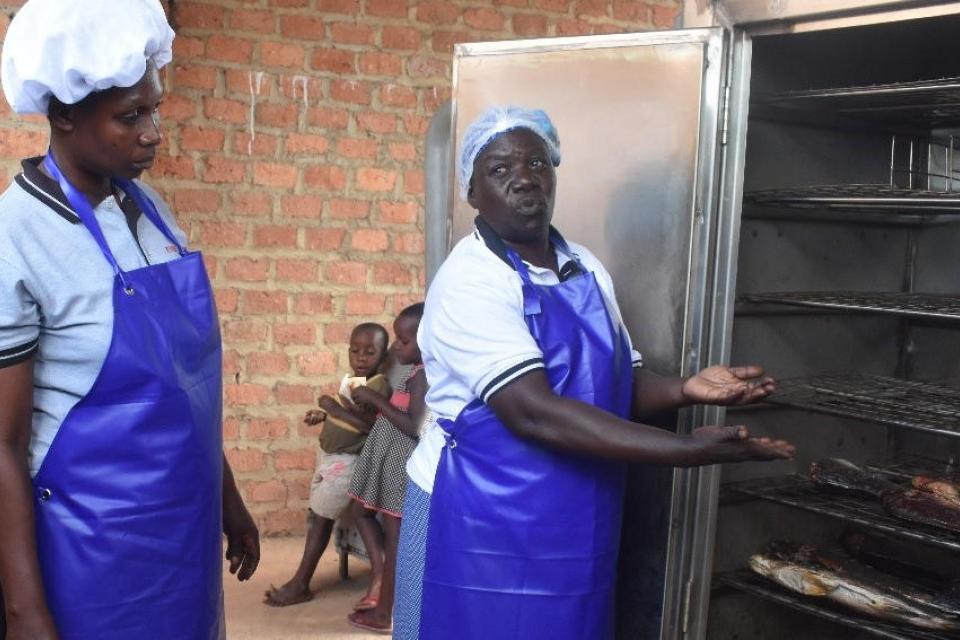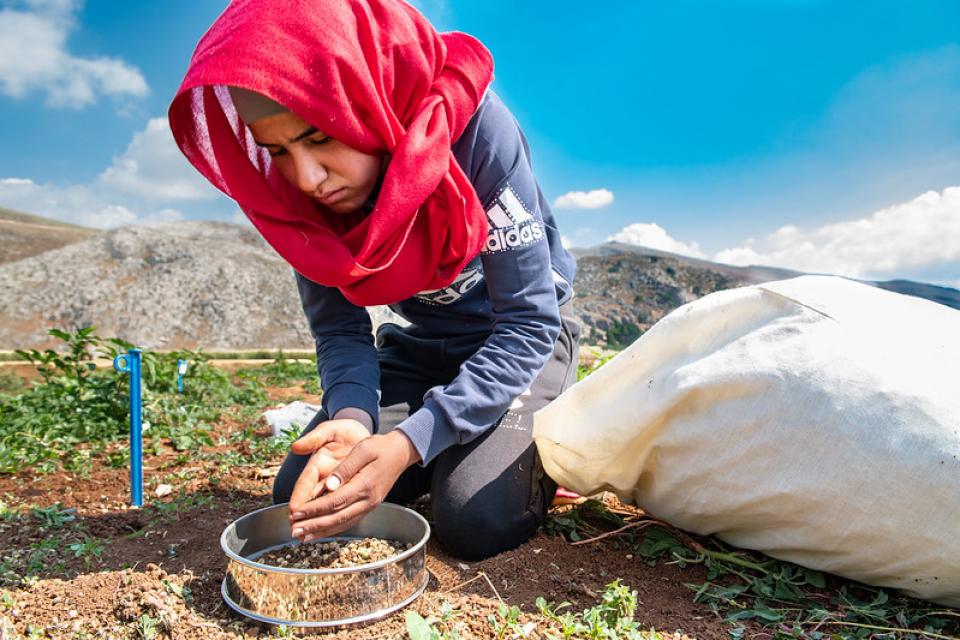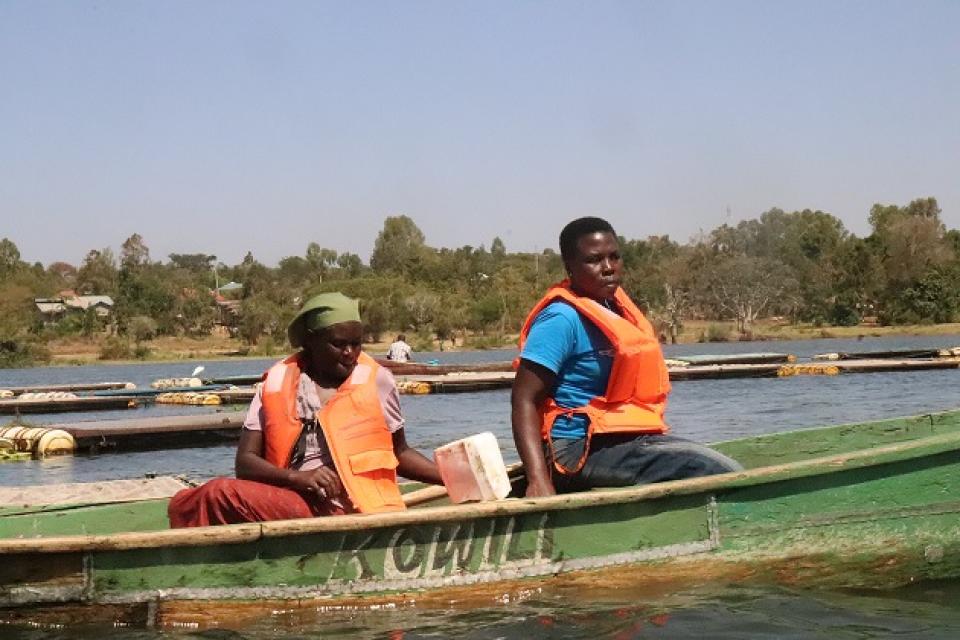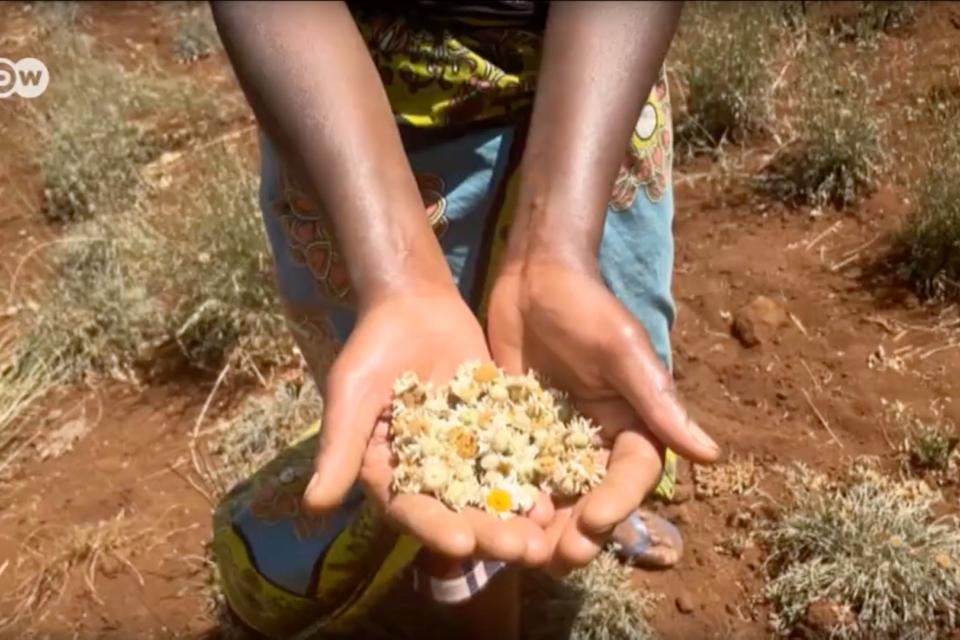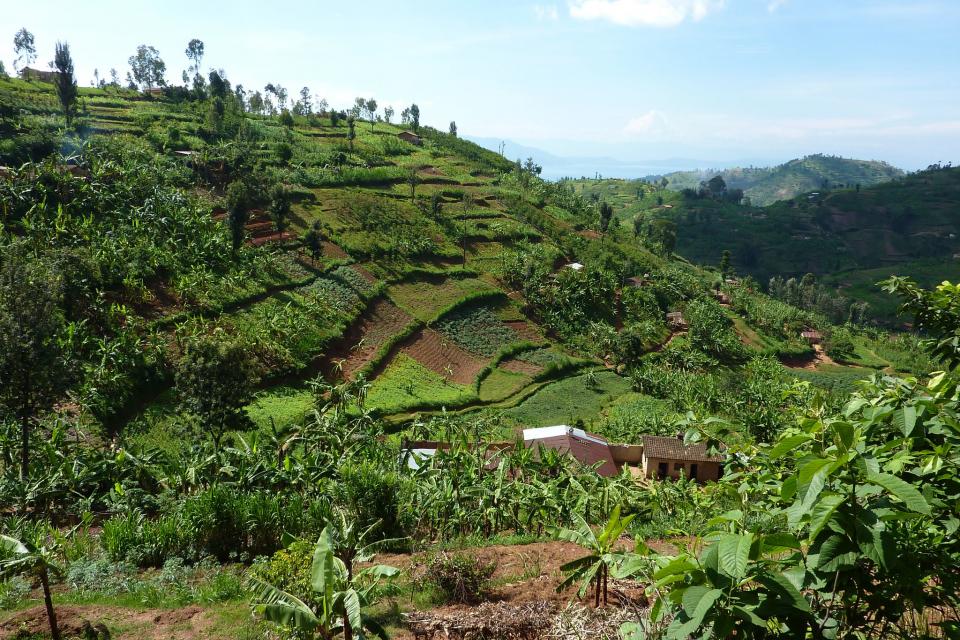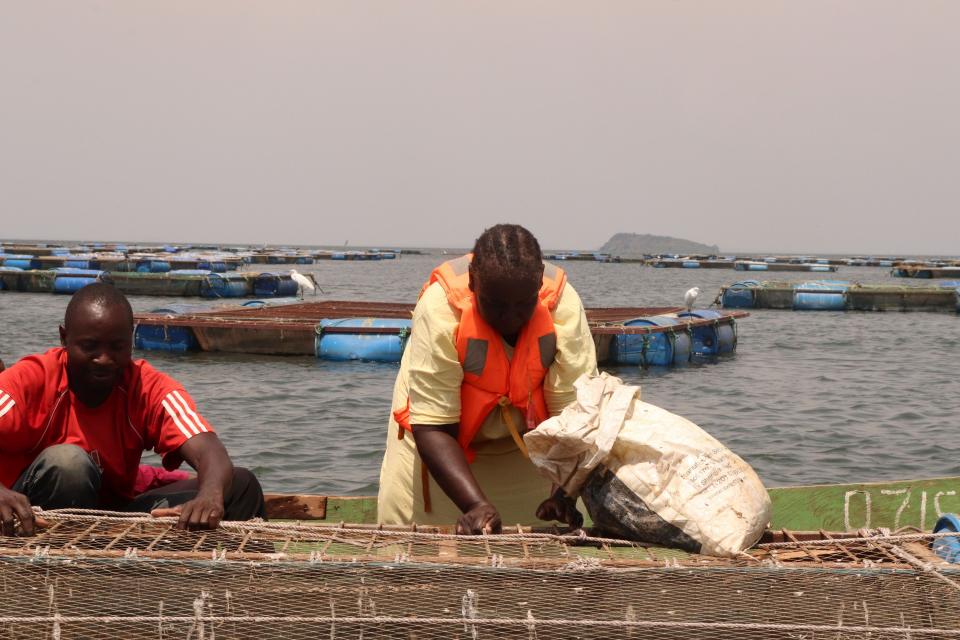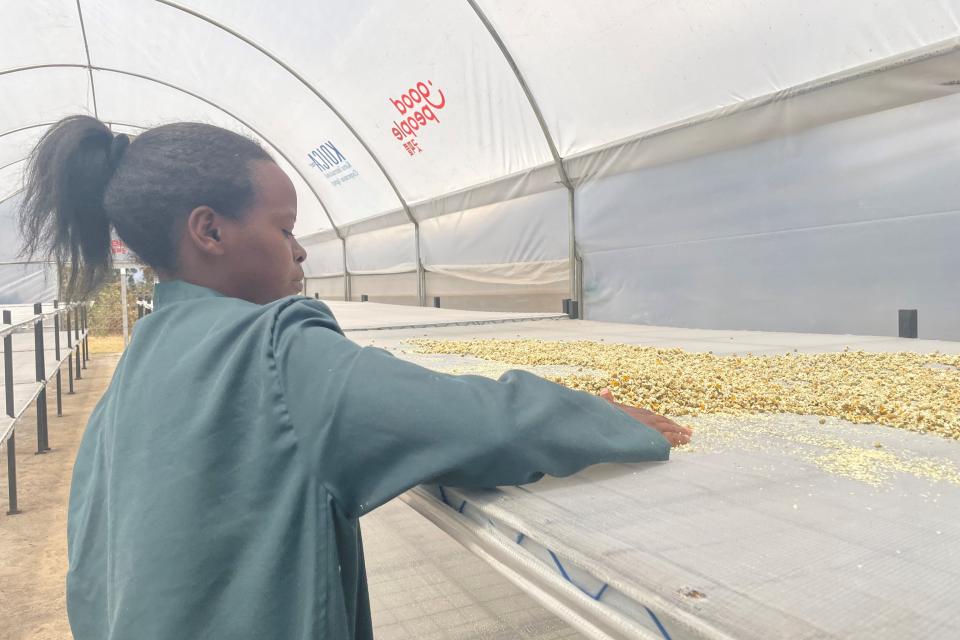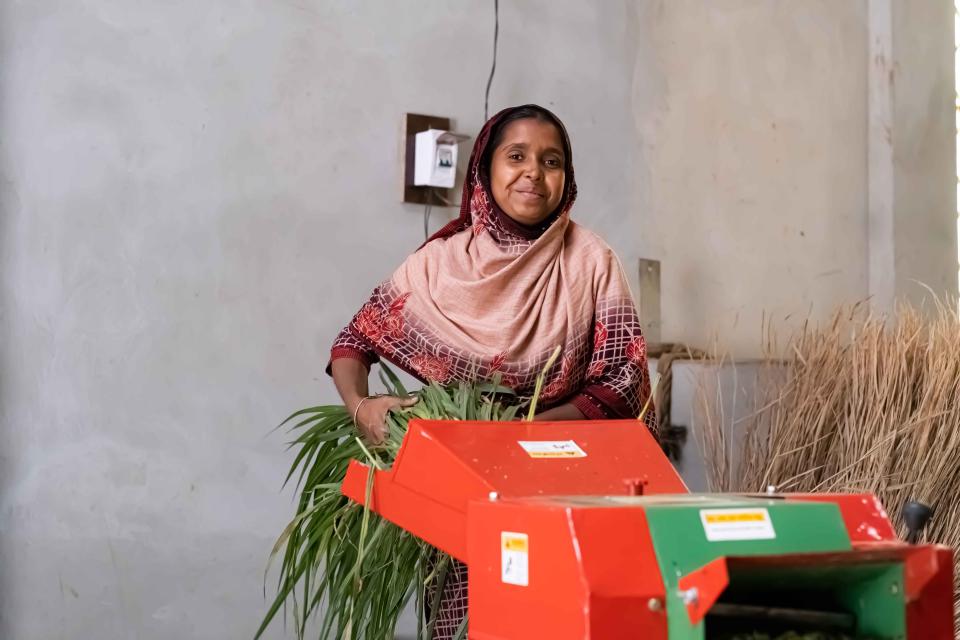Crafting stories about gender-responsive agricultural solutions: why and how?
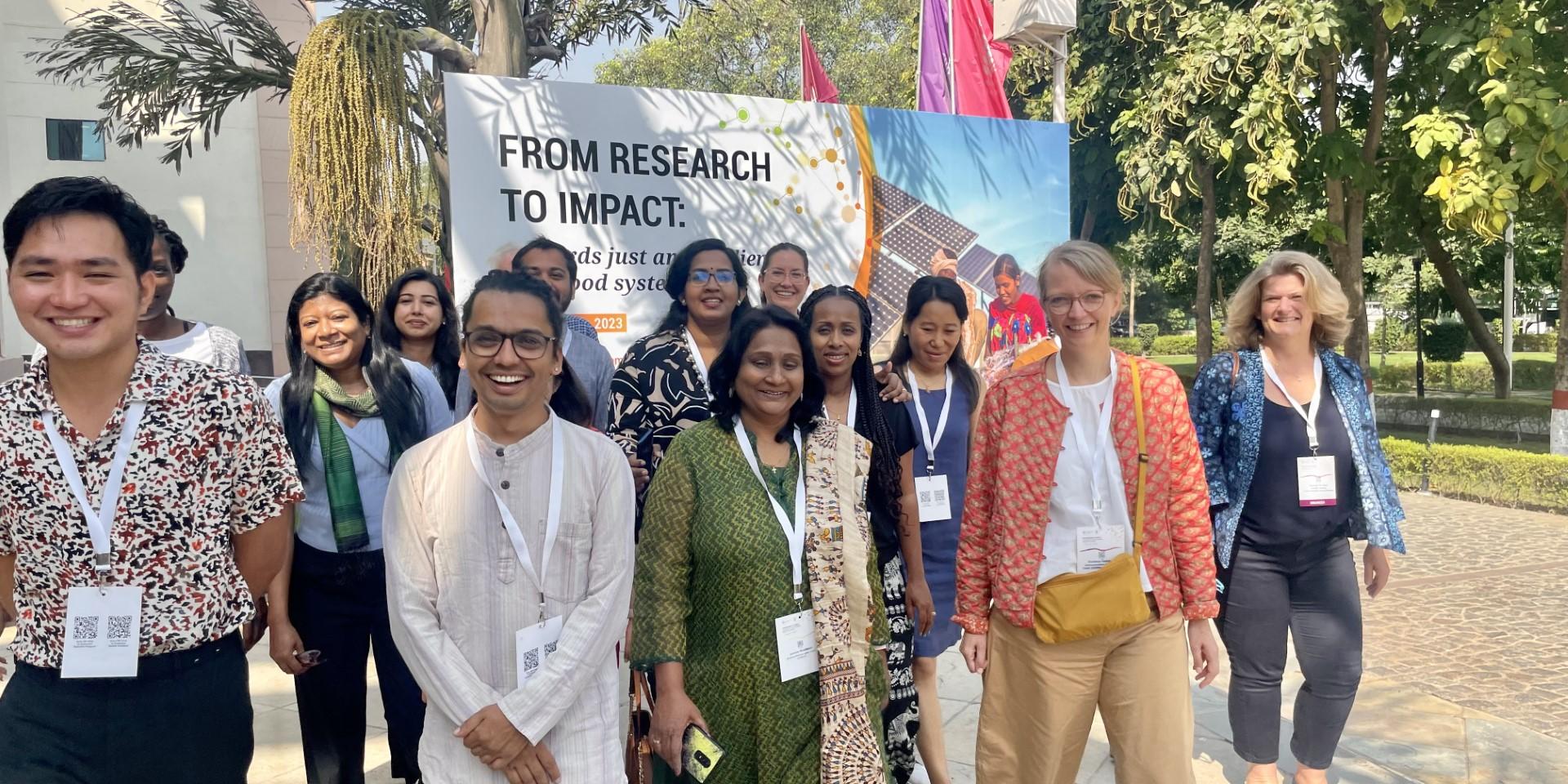 Photo: Jennifer Metcalfe.
Photo: Jennifer Metcalfe.
In 2023, the CGIAR GENDER Impact Platform trained 29 science communicators on how to tell more and better stories about agricultural solutions that work for women. Here are some important lessons we learned—and tips on how you could also improve your stories about women in agriculture.
“The idea is to visualize women’s needs and preferences to inform how they can have a seat at the table. And what happens when we don’t do it? By default, when you imagine a farmer, it’s a man, right?”
The need for more stories about women in agriculture was made clear by Surbhi Bhatia, a New Delhi–based data journalist, when she spoke on a panel during GENDER’s storytelling training. Her statement echoes that storytelling is a tool for creating change—including by challenging entrenched ideas about who farmers really are and what kinds of solutions they need.
As a result of GENDER’s storytelling training, participants have so far published 18 stories in mainstream media outlets such as DW Kiswahili, SciDevNet and Inquirer.Net. These stories feature the impacts of gender-responsive innovations, including solar pumps, seed spreaders and fodder choppers, from CGIAR and its partners. Through storytelling, the authors describe the daily lives, strengths and challenges of women working in agriculture across regions and contexts.
Leaving a lasting impression
According to trainees, the feedback they received (from their organizations and others) indicated that their stories had left a mark:
“I received a lot of reactions and comments from my country representative. They were of the view that we should have more stories like these, where we show the gender-inclusive aspects of this project—which is a very technical project where we deal with solar panels and all these technicians who are supporting farmers. We are doing a lot to bring women farmers to the forefront, but that had not been documented anywhere, except for in project reports. But a story like this is definitely something people will read,” said Shivani Chemjong, a research communications and outreach specialist at the International Water Management Institute in Nepal.
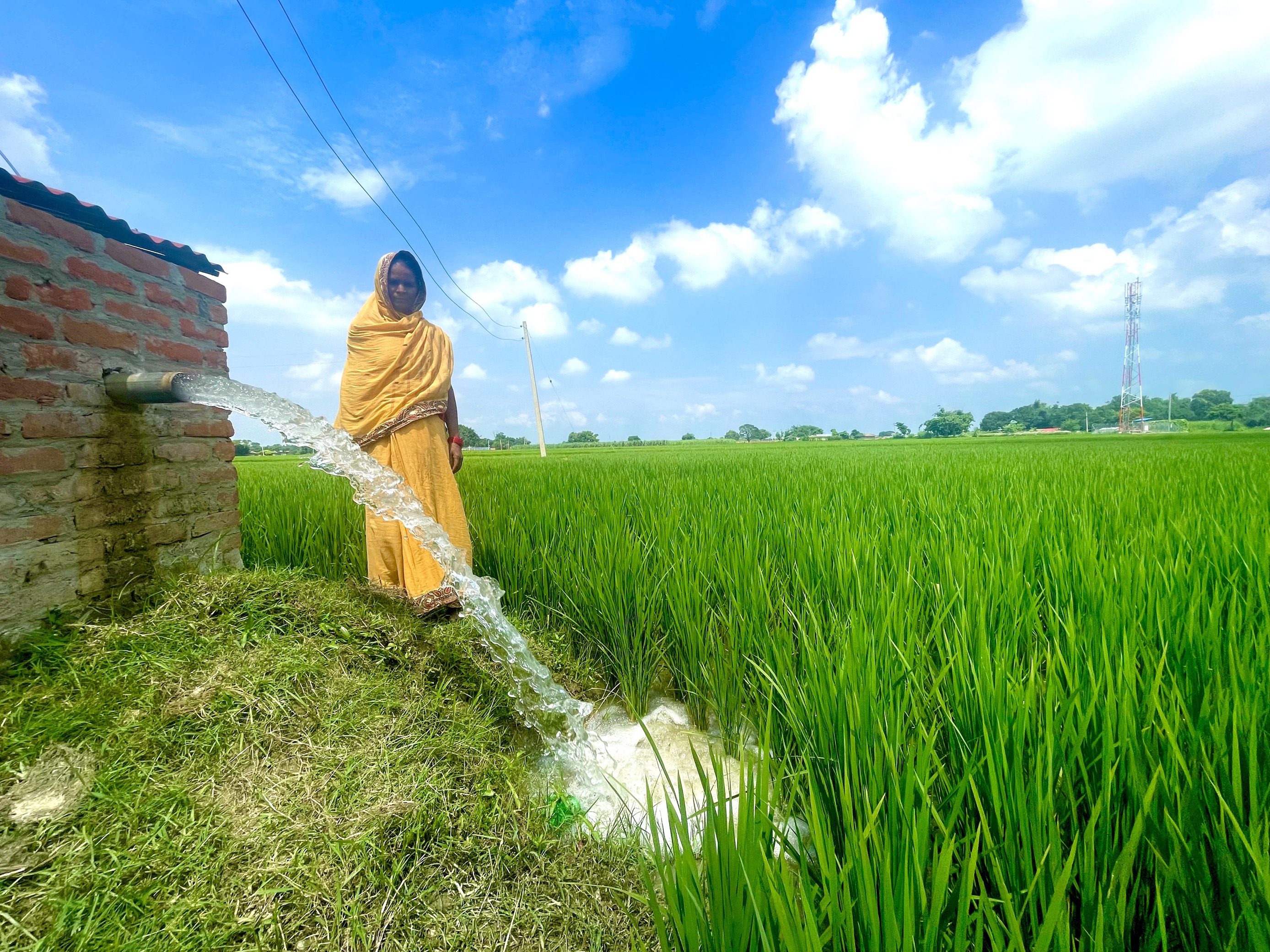
Mahaludin Khatoon, 64, skilfully irrigates her kitchen garden using a motor. Photo: Shivani Chemjong.
The appetite for more stories was echoed by Clarissa Rahmanita Idat, a cocoa and coffee programme officer at Rikolto in Indonesia:
“Actually, people in my organization feel happy about the story. The global team even wants to make their own take on the story, and they want me to write a deeper take on what’s going on within the project. Our partner organization also wants to do its own take, and they really want to revisit the project site.”
However, truly changing perceptions about who farmers are, and influencing how women and men are considered in in agricultural innovation will be a long-term process:
“I think it’s hard to say that it’s our stories that are really making a difference, but what motivates me personally is that we want these stories to be part of a larger narrative for the public. So it’s important that we keep writing these kinds of stories and keep talking about these topics because eventually it will make a difference, culturally, and we could influence policymaking,” reflected Alie Peter Galeon, a communications assistant for Asia at the Alliance of Bioversity International and CIAT in the Philippines.
What is a gender-responsive agricultural solution?
An evaluation of how trainees’ skills evolved revealed that while gains were made in writing, structuring stories, conducting interviews and more over the course of the training, the biggest learning related to understanding what gender-responsive agricultural solutions are.
“A gender-responsive solution is one that is designed to address the specific challenges women face, and ensures that women benefit from the solution,” explained Ranjitha Puskur, lead of the Evidence Module of the CGIAR GENDER Impact Platform, in a panel discussion held during the training. What’s more, “it must be very intentional in its design, trying to address specific needs of women and girls, addressing the causes of their vulnerability, which could be about relationships, power structures, social norms and more,” Puskur continued.
The need to address deep-rooted inequality implies that gender-responsive solutions involve not only new technologies, but also social innovations. For example, in Ende, Indonesia, women-only training sessions helped overcome local norms that prevent women from engaging in training and business opportunities. The women-only events allowed more women to learn how to create fertilizer from “waste” cocoa pods and to contribute to a local circular economy.
Also, designing innovation processes to avoid unintended backlash toward women is essential. For example, an initiative providing women farmers in Rwanda with irrigation equipment—which is allowing them to grow crops, earn and control income, and contribute to family decision-making—also trained these women to raise their awareness of gender-based violence.
Through written stories and videos reaching potentially millions of readers and viewers, GENDER’s storytelling trainees have showcased agricultural solutions that work for both women and men. Their stories also remind agri-food systems actors of the importance of gender-responsive solutions for gender equality, social inclusion and the future of sustainable food systems.
A budding community of practice and resources
The storytelling training was an opportunity to build a budding community of practice on storytelling on gender-responsive agricultural innovations. If you are a science communicator or journalist interested in telling stories about gender-responsive solutions and women in agriculture, we invite you to join our LinkedIn group, where we exchange published stories, opportunities, resources and tips. We will also be announcing upcoming free virtual storytelling cafés.
If you are interested in honing your skills—or maybe even organizing your own training course for staff or colleagues—take a look at our training guide: Storytelling about gender-responsive agricultural solutions. It lays out the content of the 8 modules that make up the (16-hour) story training course, covering:
- what gender-responsive solutions are and why they matter
- how to produce good, engaging, publishable stories
- how to write about and portray women in agriculture with sensitivity and dignity
Do you want to get started with your own story about a gender-responsive agricultural solution? Answer the seven questions listed (with examples) in this two-page template, and you will be well on your way.
Training resources:
Storytelling about gender-responsive agricultural solutions: Training Guide
Storytelling about gender-responsive agricultural solutions: Guide to structuring a news story
Trainees' published stories:
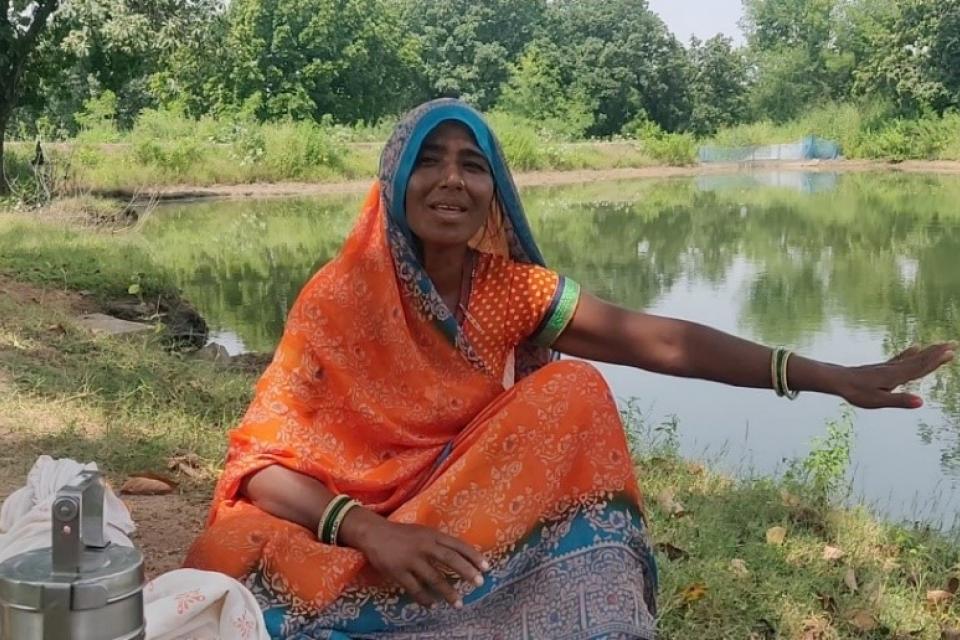
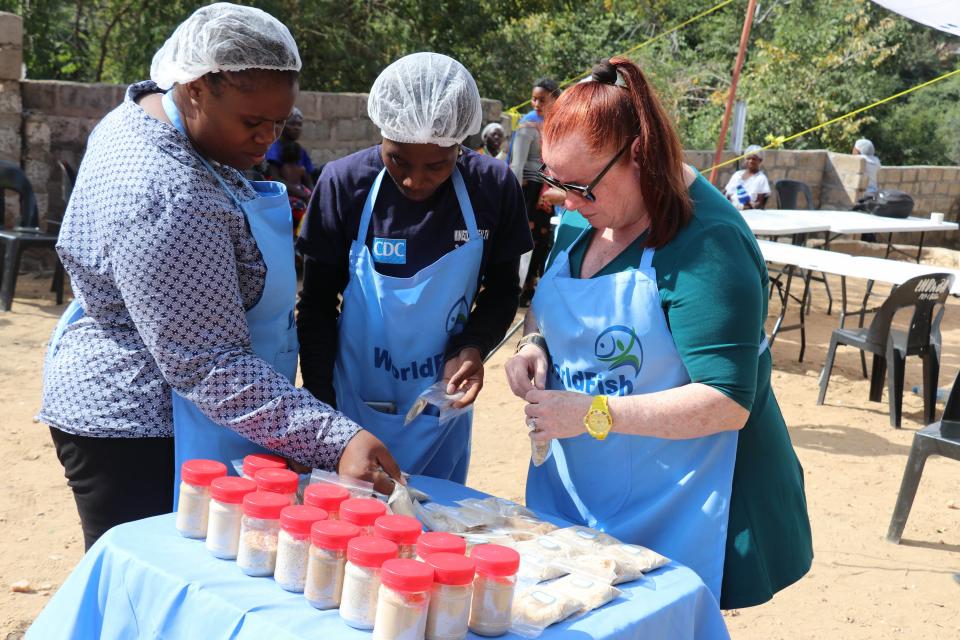
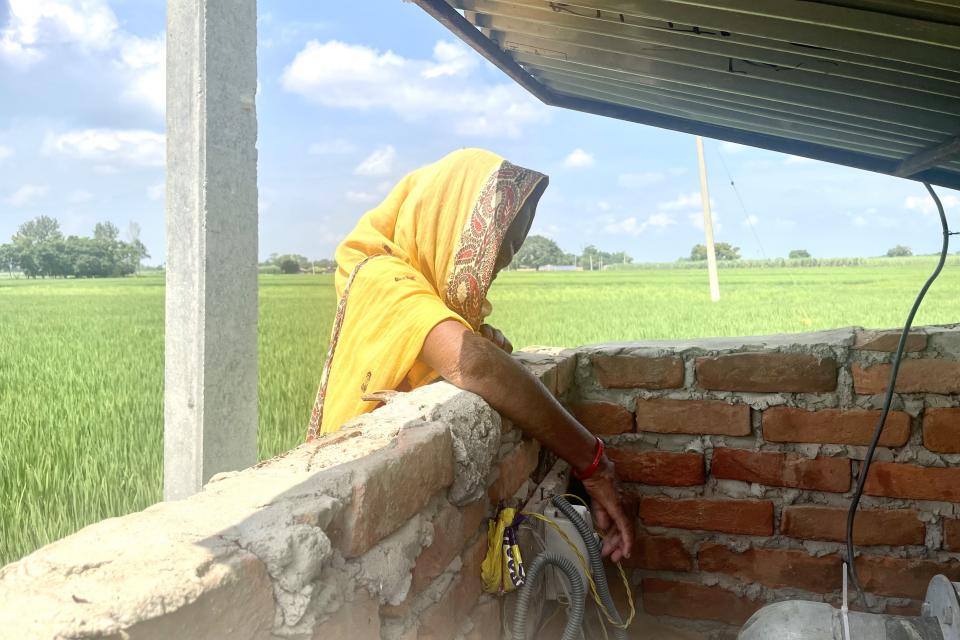

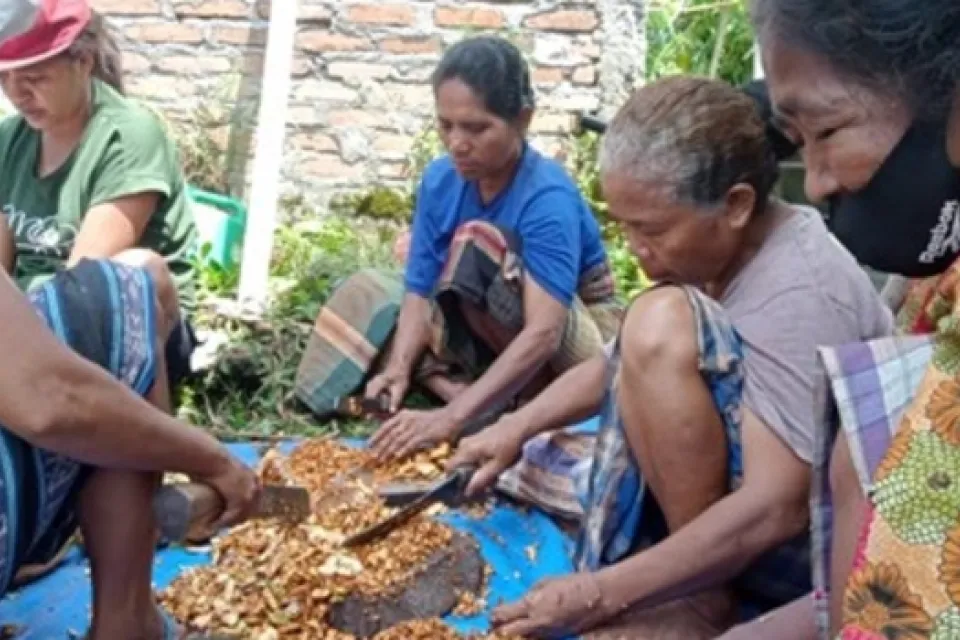

Cone-garden technology a game-changer in the fight against malnutrition in Kenya
